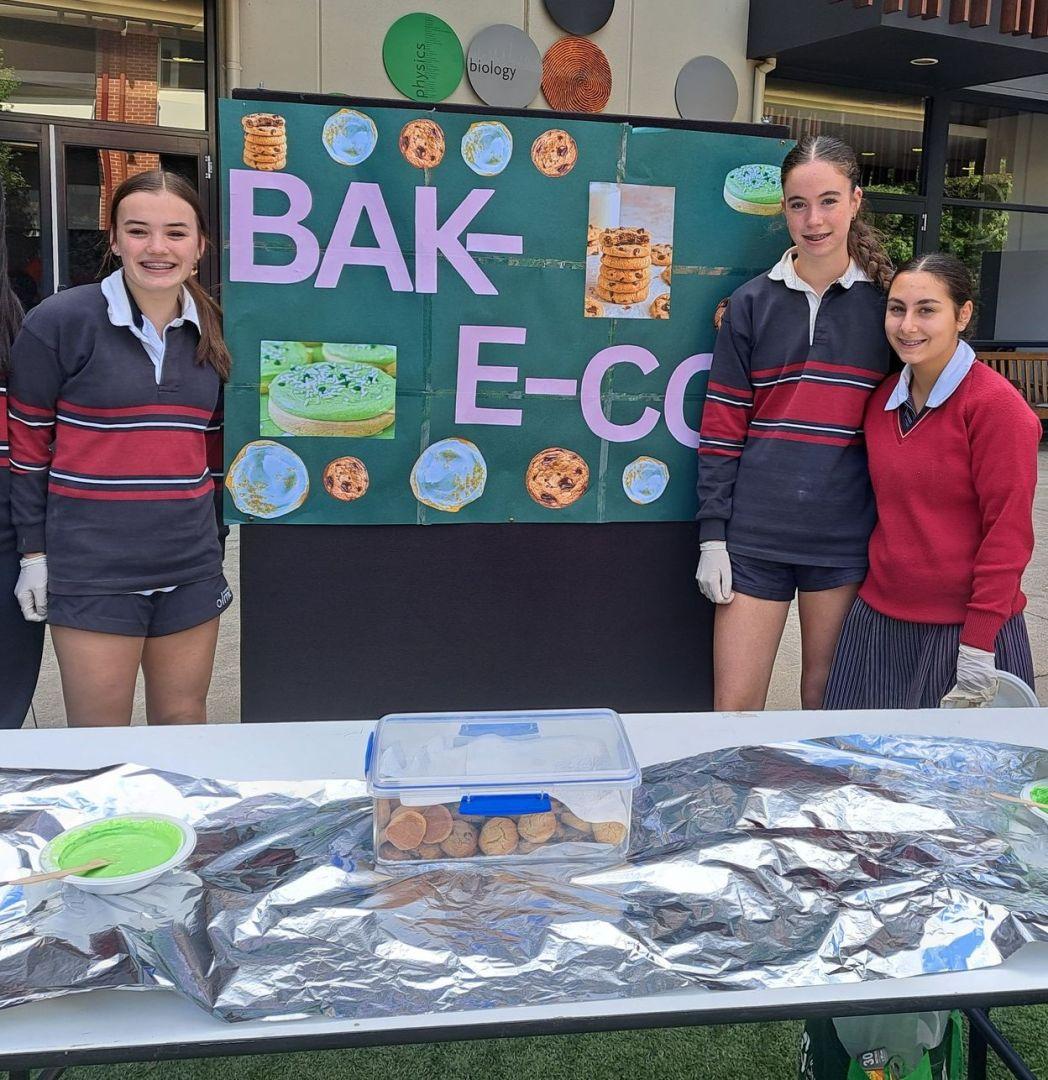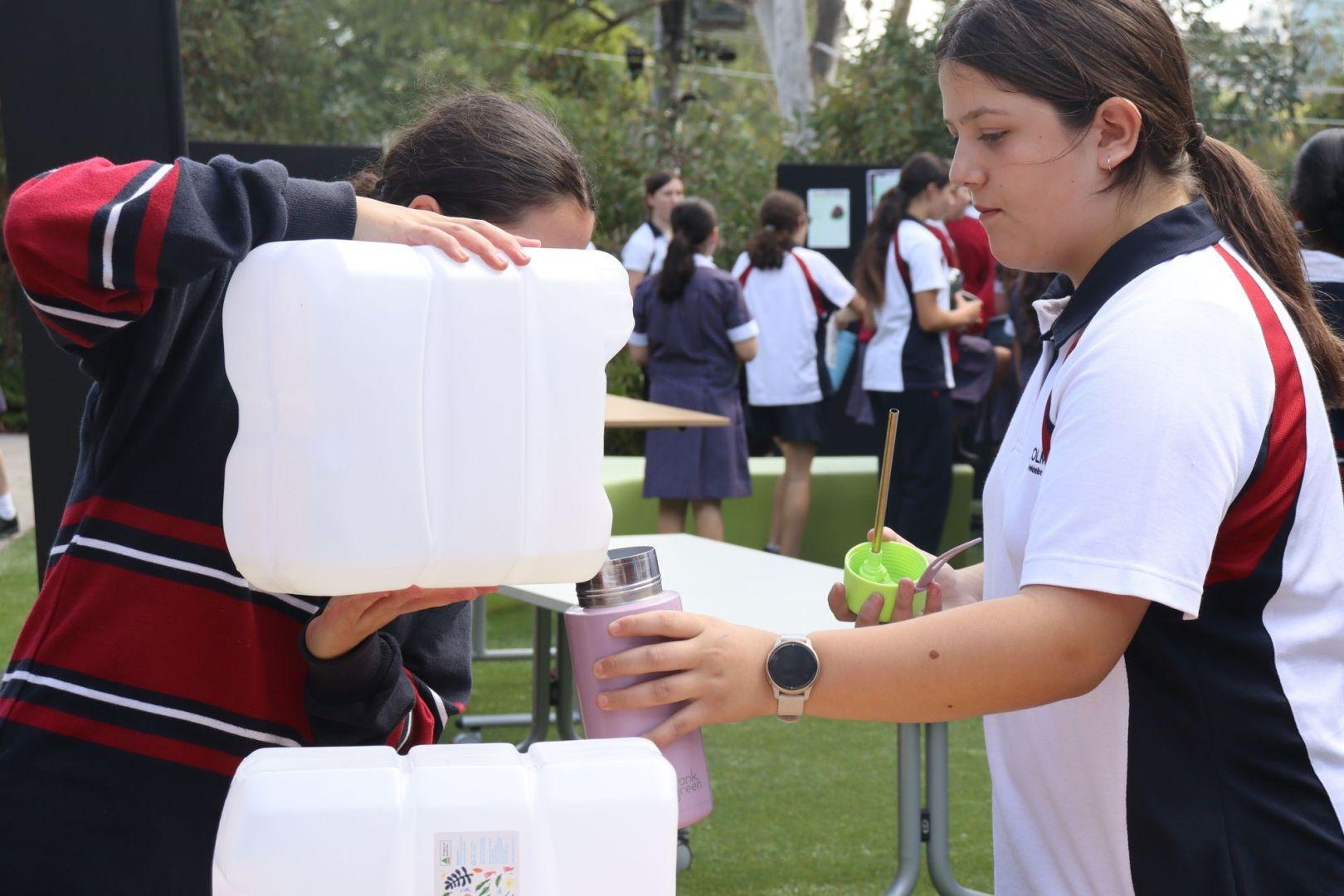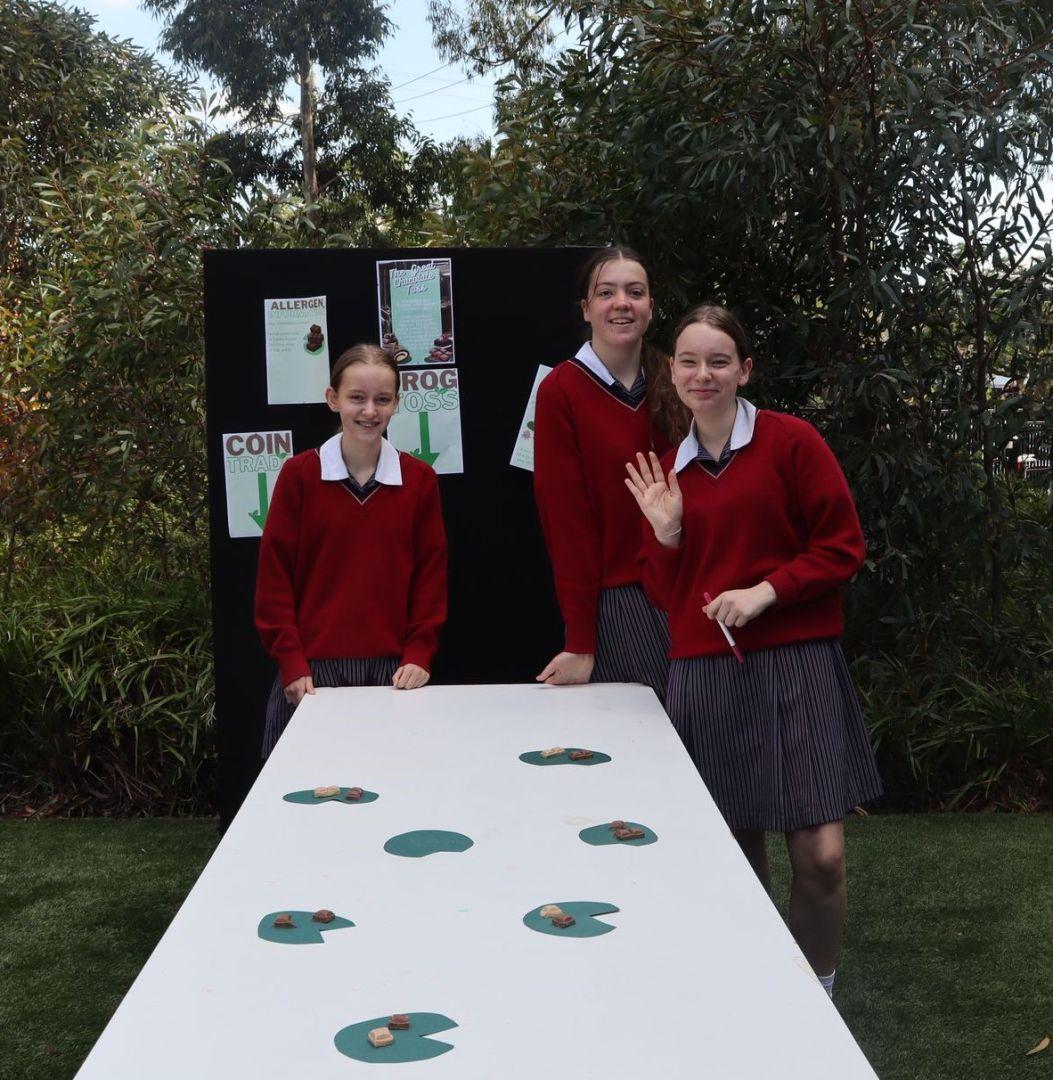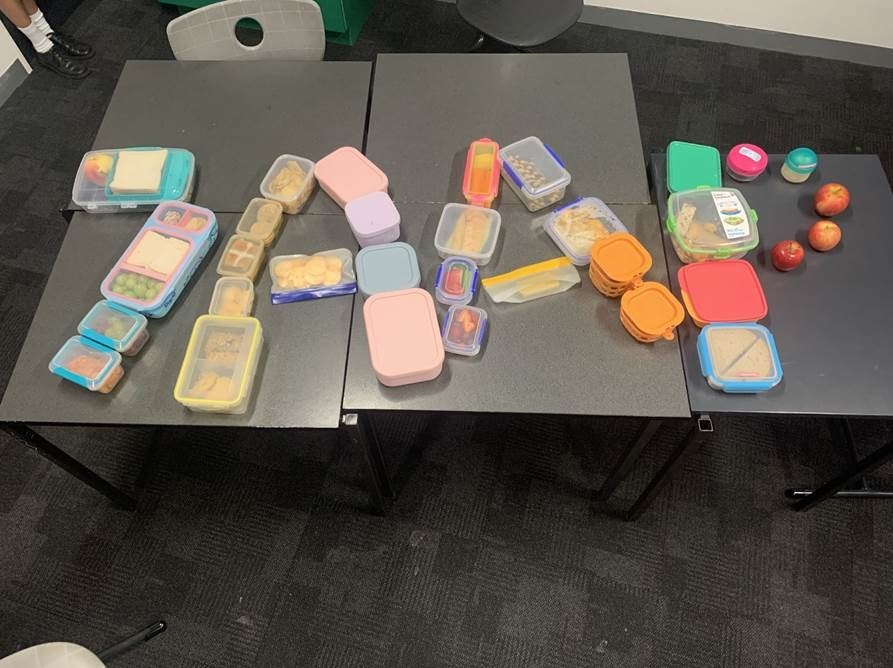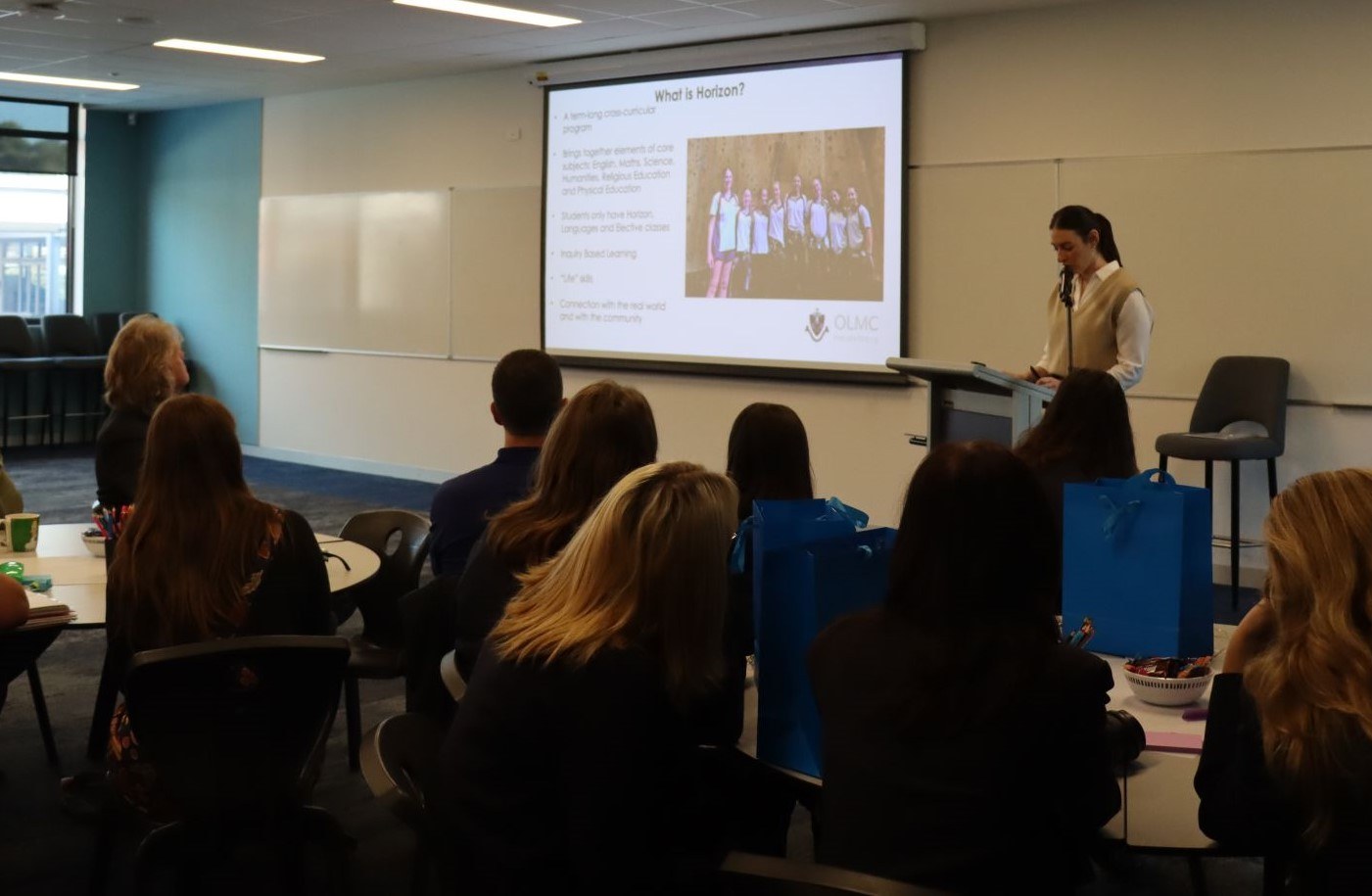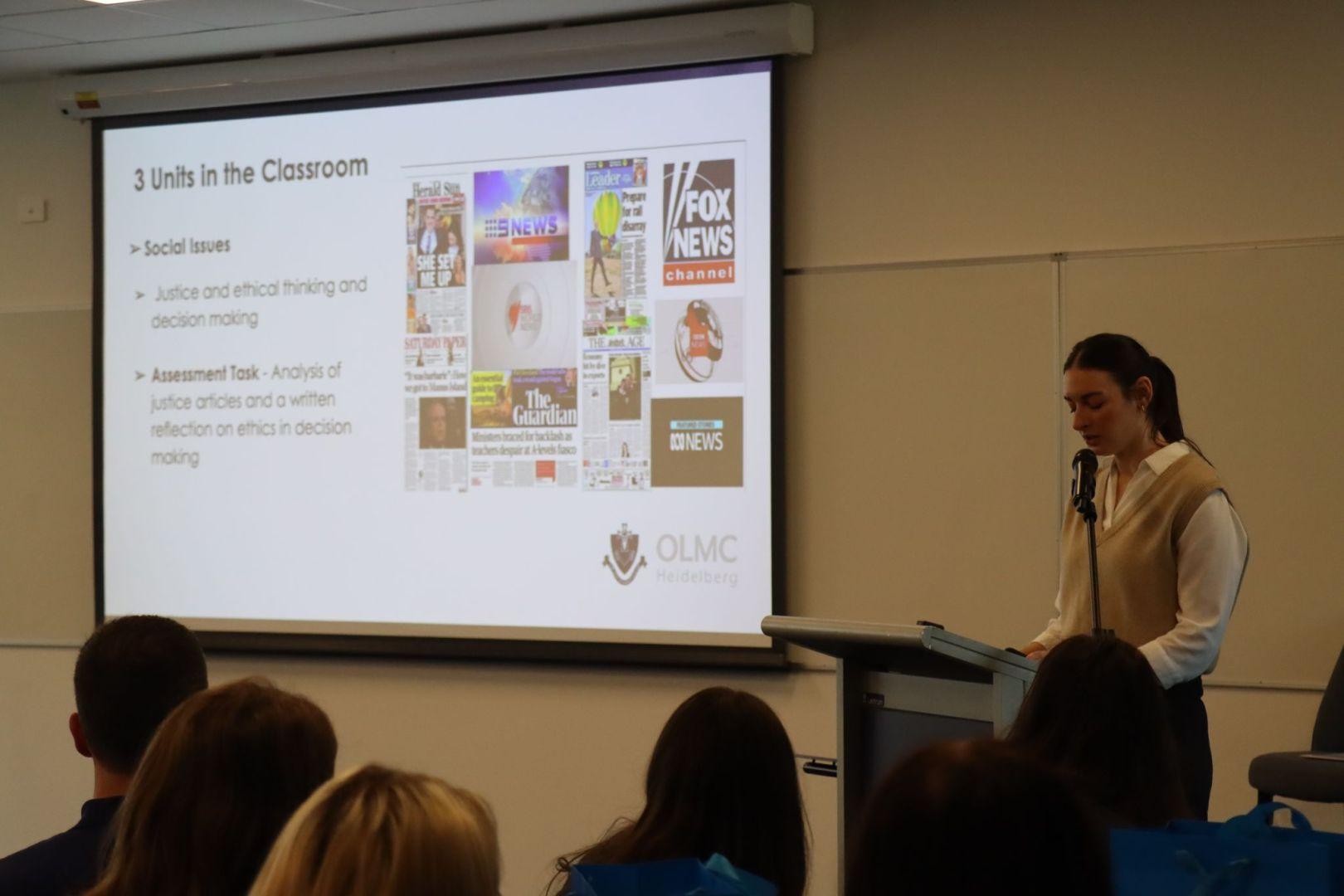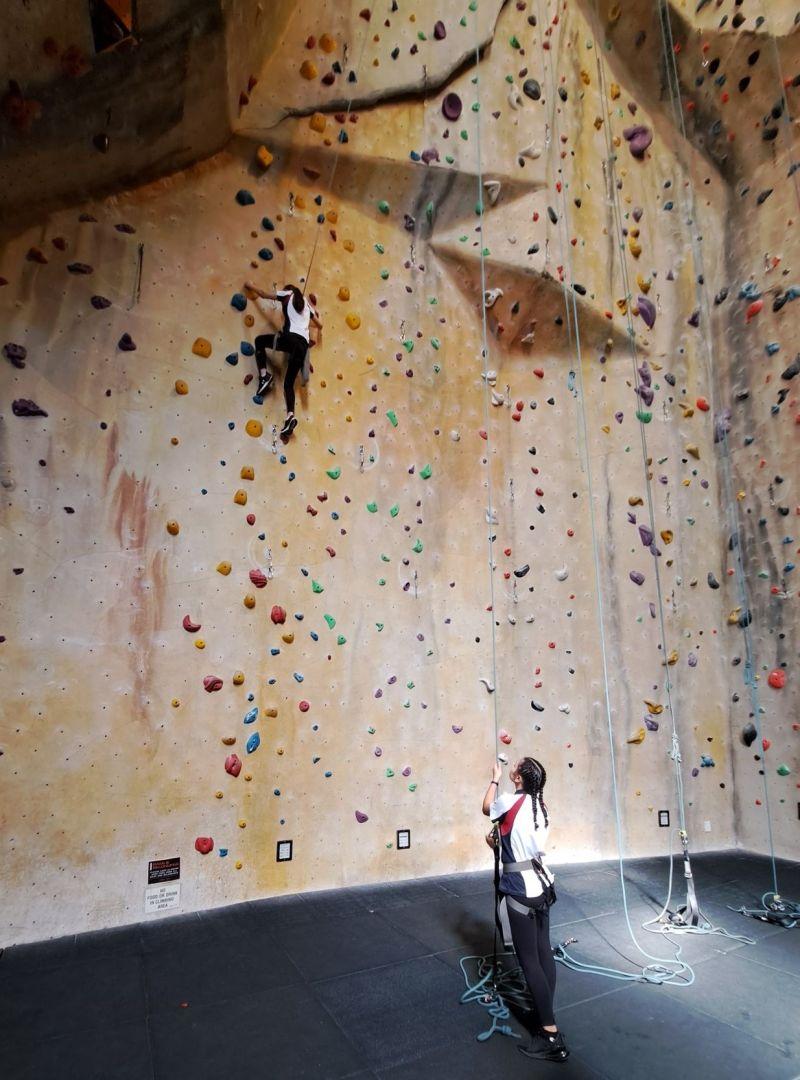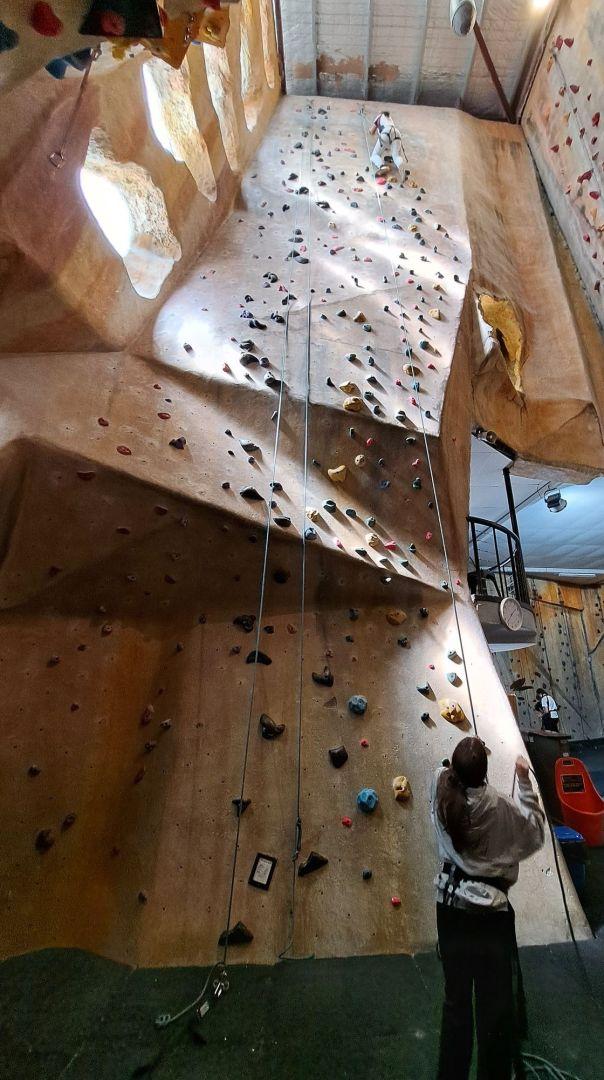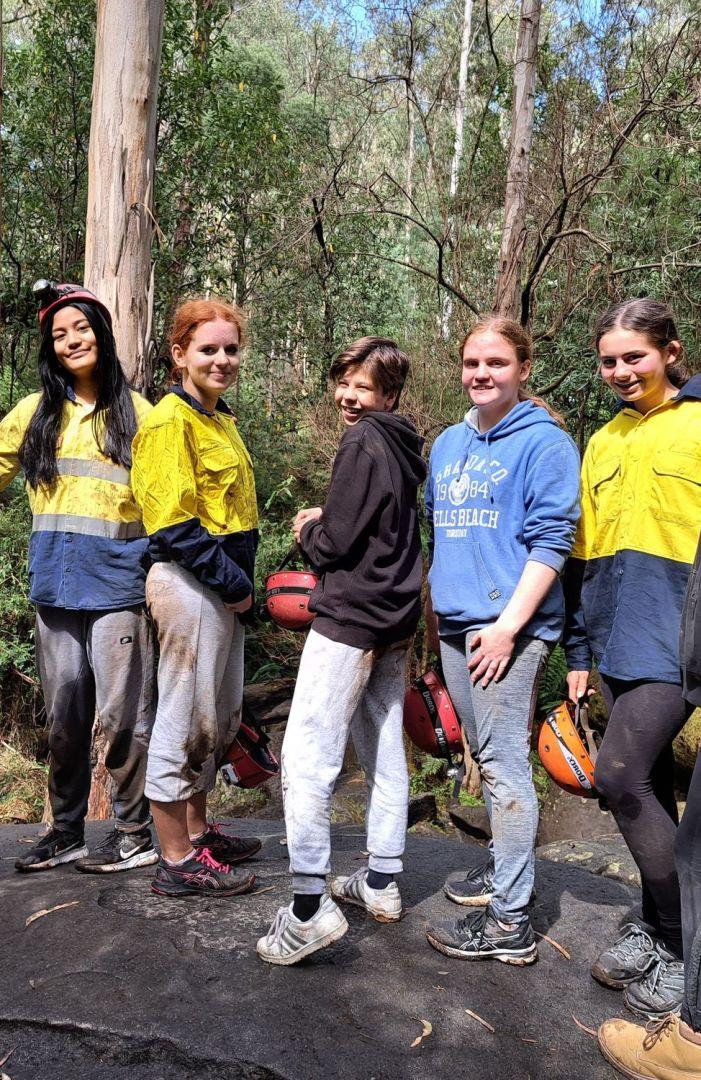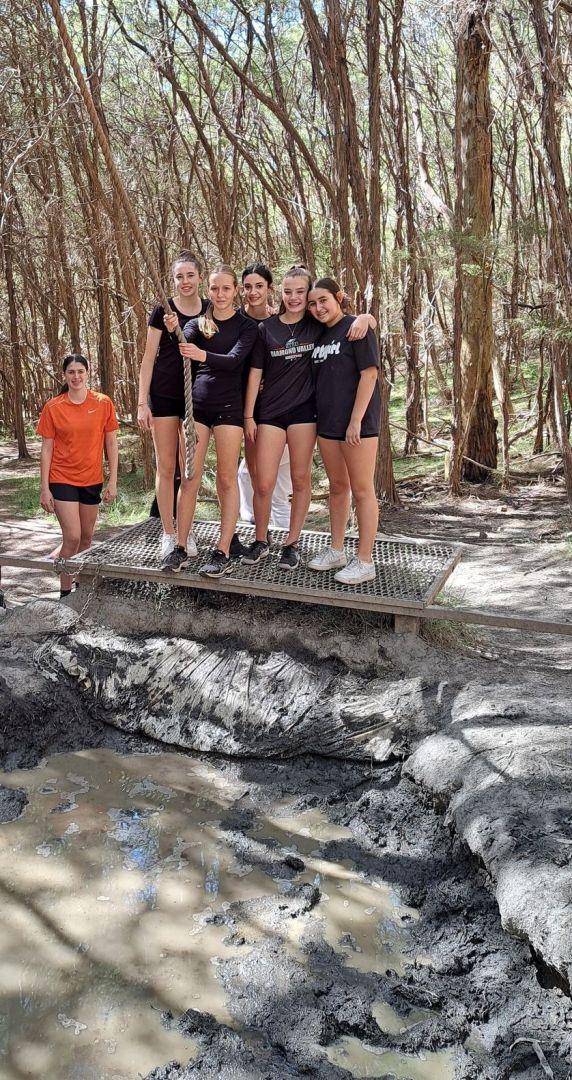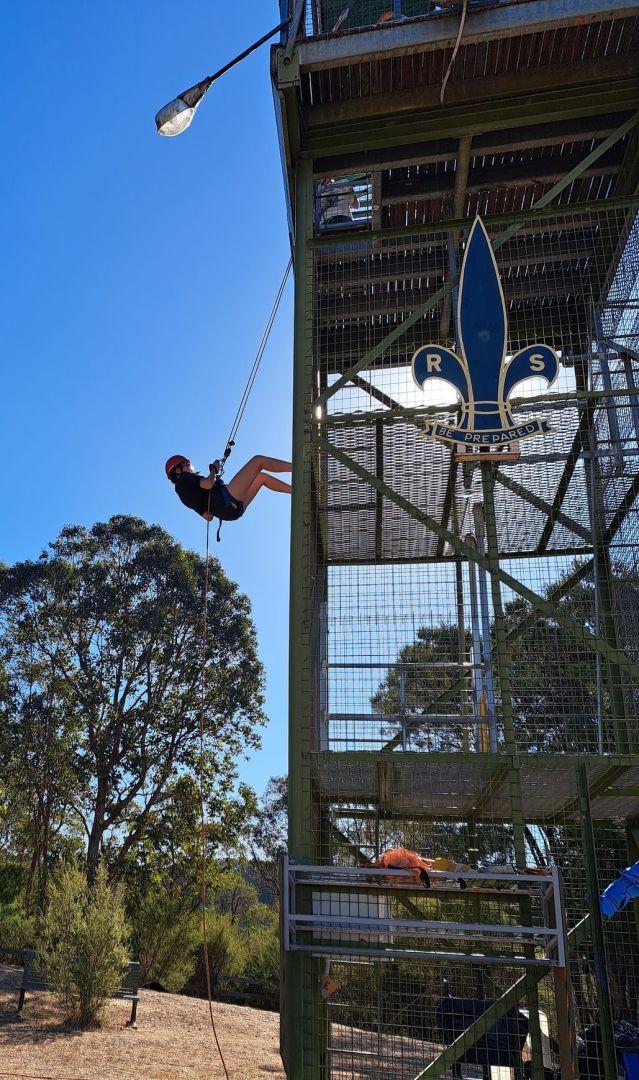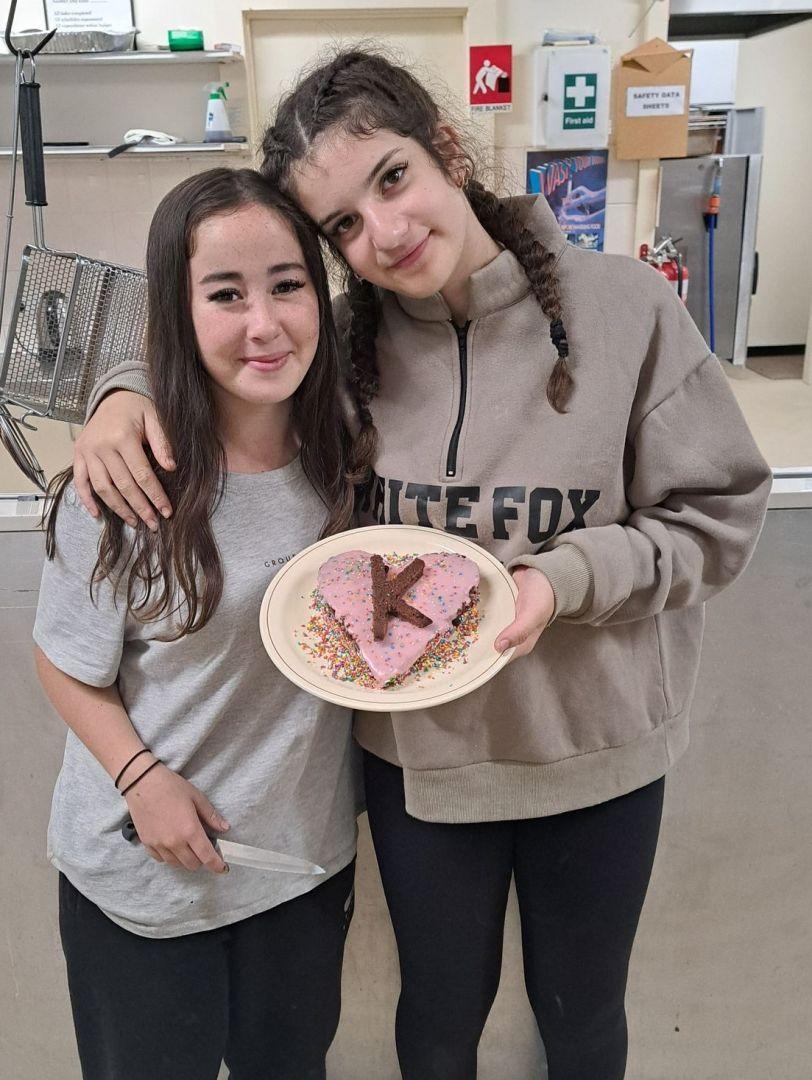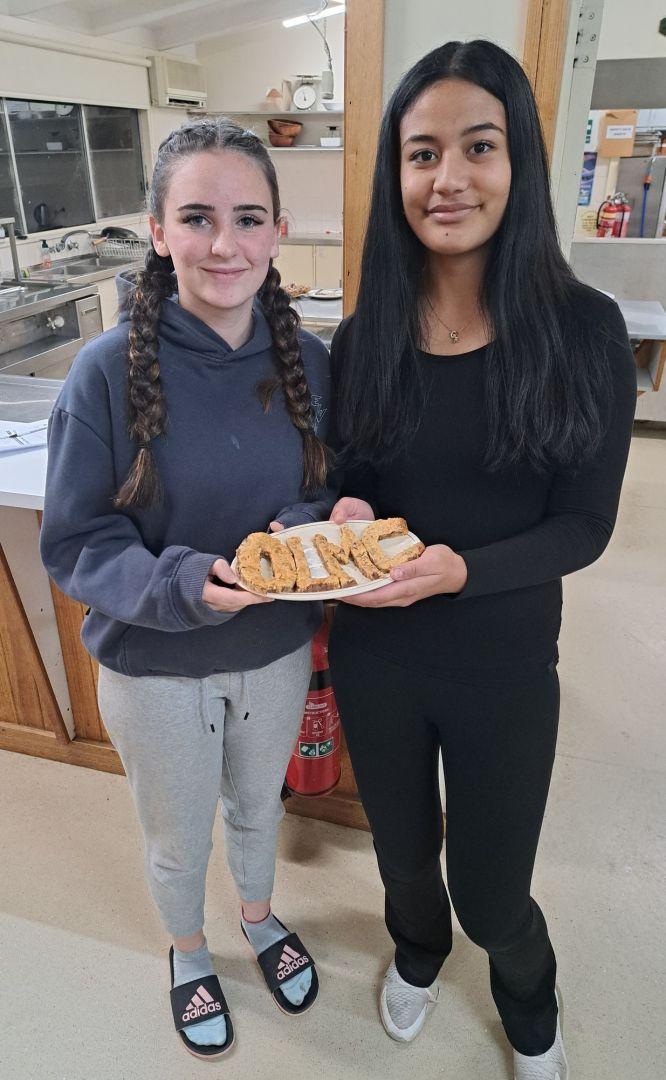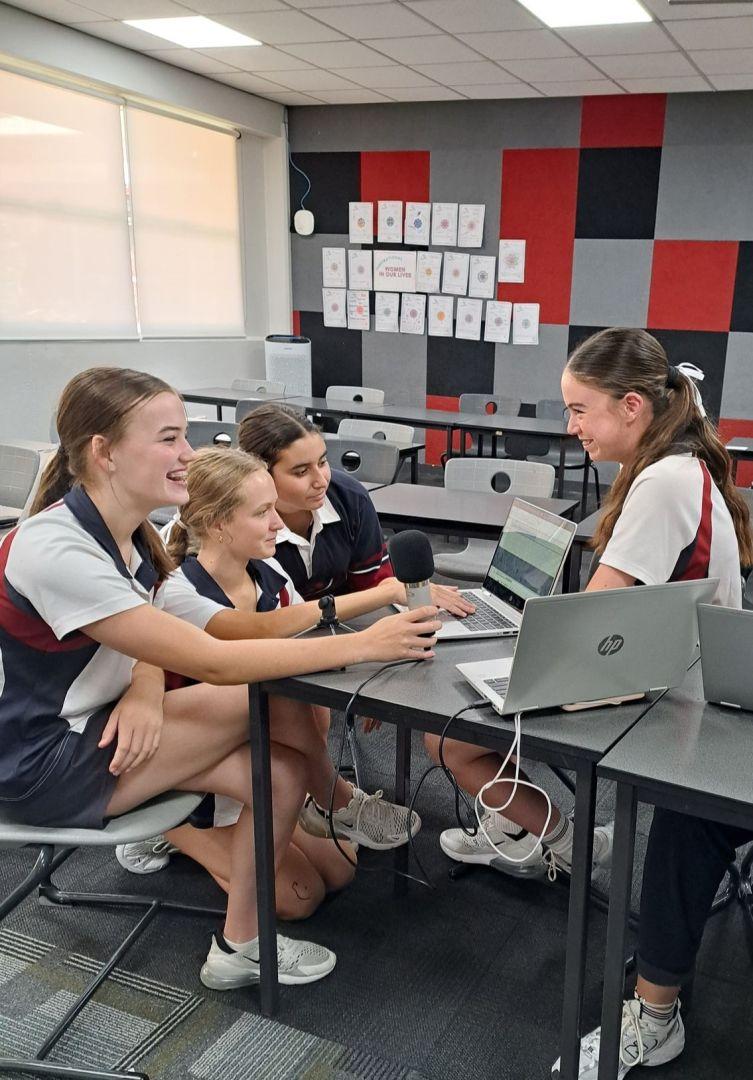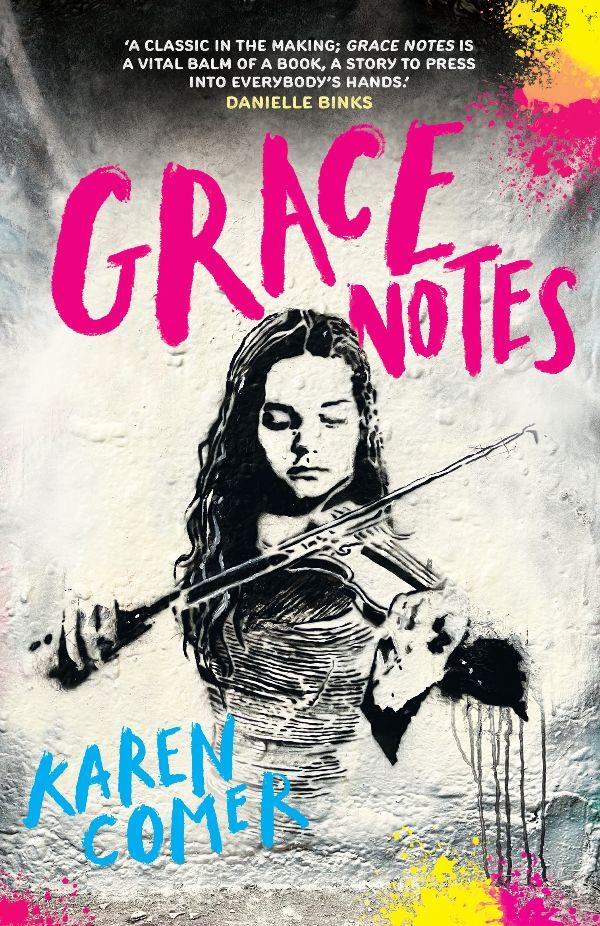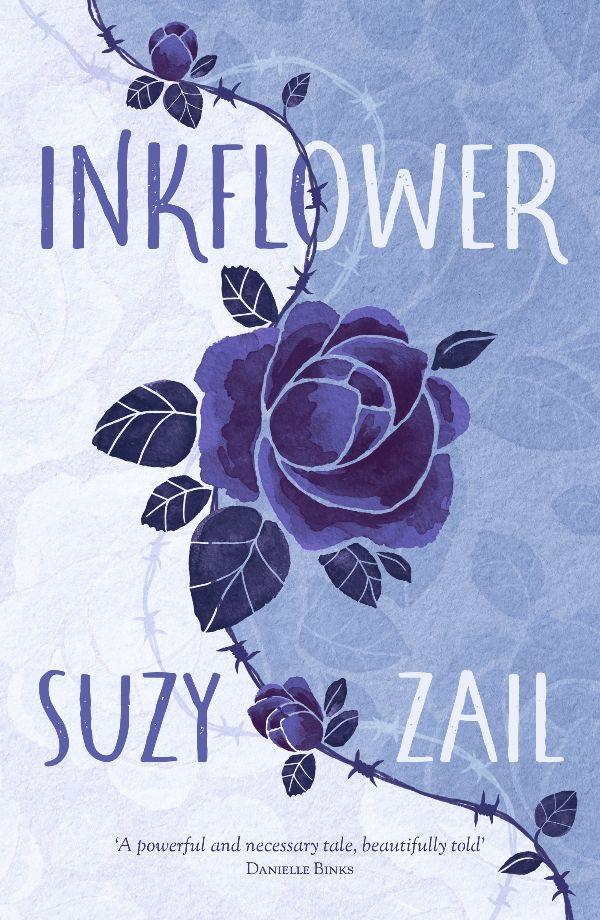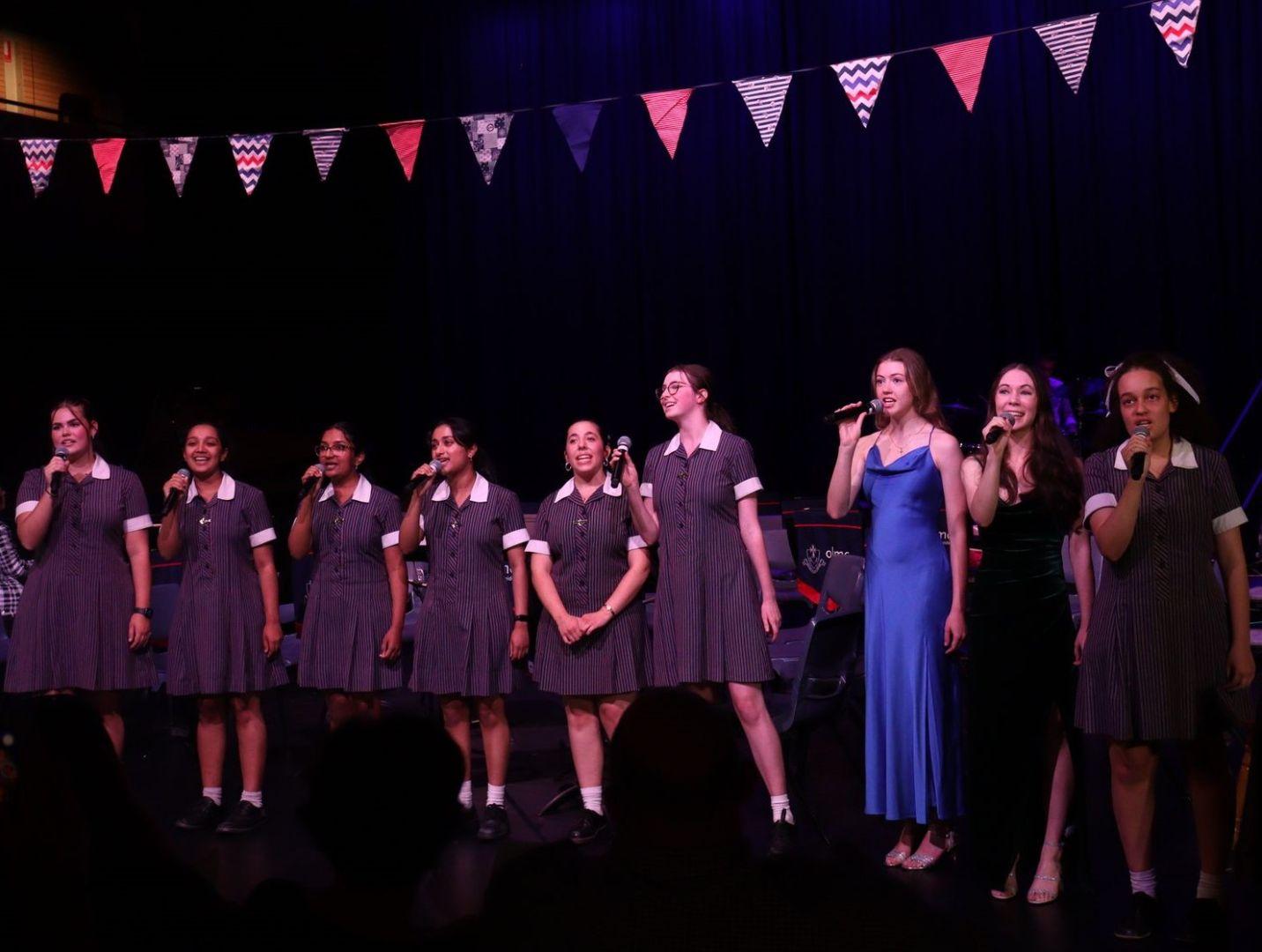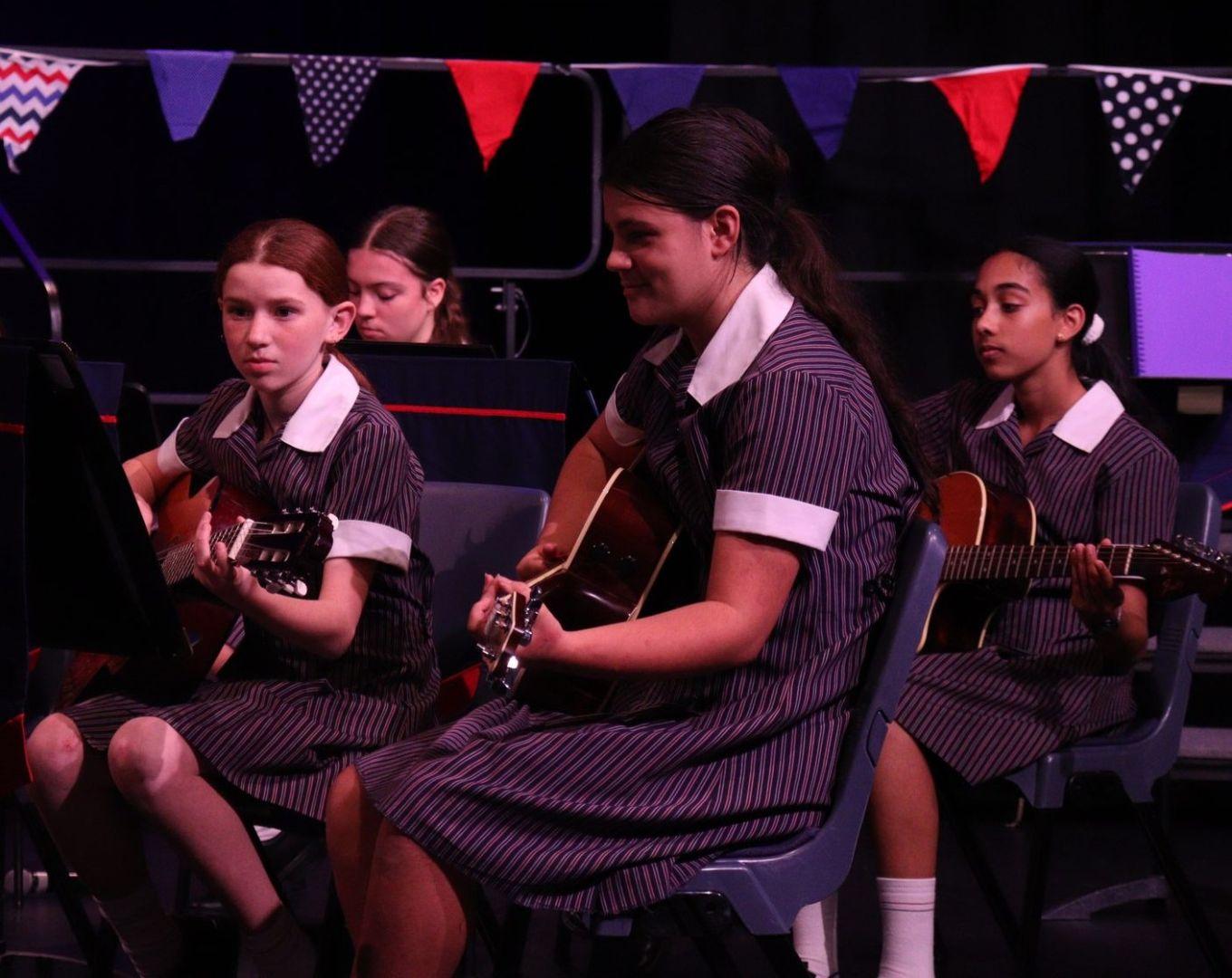At the end of Term 1, students were busy submitting assessment tasks to teachers. In the first few weeks of Term 2, students will be receiving feedback on these tasks regarding their demonstration of understanding and skill. The feedback can be viewed on PAM. One way to do so is by clicking on the student photo, which will open a new page. Then, via the left-hand menu, select ‘Learning Tasks’. You can then open each subject to view current tasks. You will see listed next to a task what its status is.
If it is overdue, the task is still to be submitted. It a task has the comments that results have been withheld, this may be due to the task currently being marked or when some students in the class who were absent are still to complete the assessment. However, the focus of this article is on the tasks where results have been released.
In Years 7-11, all common assessment tasks are accompanied by a rubric. A rubric communicates to students what the assessment criteria are, and then descriptors for each criterion. Rubrics are an important way to provide feedback on what has been achieved, and the next steps for learning arising from this task.
On PAM you can then view details of the task by clicking on the task itself, the rectangle. This will then open up a new page with information on the task. Once on this page you are able to access the rubric by clicking on the blue tile ‘View All Rubric Details.’
When the rubric opens up, you will see the criteria listed in the left-hand column. This will indicate the knowledge or skill that is being assessed in the row. The descriptors for our rubrics go from the left to right, starting with the knowledge or skill that may be demonstrated at a basic level, and then each descriptor to the right indicating performance of greater complexity or precision. We have been working with external consultants, originally from the University of Melbourne, to support us in making our rubrics ‘developmental’. What this means is that each cell should demonstrate what has been shown, and the cell to the right builds upon the previous cell.
The rubric therefore provides an indication of what the next steps are in their learning.
For example, in a Year 7 creative writing task, students were required to plan, write and edit a short detective story, selecting from a number of prompts provided. This task draws upon their reading of the detective story Friday Barnes.
In this rubric, one area being assessed is ‘Structures of Writing’ and this is then separated into three aspects: Paragraphs, Use of Dialogue and Story Arc.
The Story Arc criterion is reproduced below. The numbers running in the top row indicate the increasing complexity of the expectations of what should be evident in a story written in the detective genre. The cell highlighted below in bold is what the student has been able to demonstrate in their writing, that the story they have written has explored clues to solve the mystery. In order to achieve this, the student has also established the setting and introduced the mystery. The area for growth, for development, is that the student needs to provide a solution to the mystery – a key feature of the genre of a detective story.
Criterion |
|
1 |
2 |
3 |
4 |
5 |
Structures of Writing – Story Arc |
Not shown |
Insufficient evidence |
Establishes setting |
Introduces mystery |
Explores clues to solve the mystery |
Solves the mystery |
The student may reflect that the reason for this was running out of time, or not fully understanding the features (and formula) to this genre of story. The rubric provides the student with feedback as to what was missing, and the next step for their learning.
Another component of the assessment task is a student reflection. At the bottom of the assessment task, beneath the teacher comment, students are to consider what they have done well, and what led them to this success. Further, what will they need to focus on in future? The rubric provides a guide as to what this may be. The reflection should also include the strategies or actions that a student will take to experience growth in their learning, following the feedback on this task.
The student reflection is in the words of the student, and teachers do not correct grammar or spelling. It is a student voice, and through the rubric and the reflection there are opportunities for discussion on learning to be quite rich at home.
We may leap to the grade and be not inclined to look any further. However, there is real power in learning if time is taken to unpack the rubric, and for students to reflect on their success and identify their opportunities for growth. We hope that looking at the assessment results with your child leads to great conversations around the dinner table, or in the car, regarding learning and strategies to improve.
Further information regarding assessment can be found via our Assessment and Reporting Policy via PAM and the Parent Handbook.




